Fun with Friction
Well, here you have it. Just a simple quick look. Nothing scientific, but the results may be of interest.
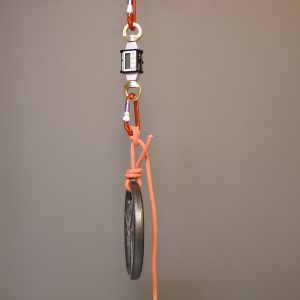
Static Load
This first photo shows the 10-pound weight suspended directly from the load cell. Static load was 11 lbs. More than 10 because there is a carabiner and a bit of rope added to the weight.
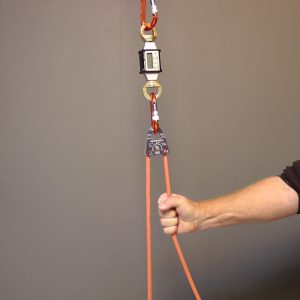
Efficient Pulley
Rock Exotica pulley rated around 92% efficient. If it was 100% efficient the load should register 22 lbs – 11 lbs on the load side, plus the 11 lbs of force I must apply to hold the load. The load cell read 20 lbs (+/- 1 lb). I applied only 9 lbs of force to hold the load in place because the friction of the rope passing over the pulley held a portion of the weight.
While lifting the weight the load cell read 24 lbs (+/- 1 lb). I needed 13 lbs of force to lift the 11 lbs weight because I needed to lift the load, plus overcome the small amount of friction created by the pulley.
While lowering the weight the load cell read 19 lbs (+/- 1 lb).
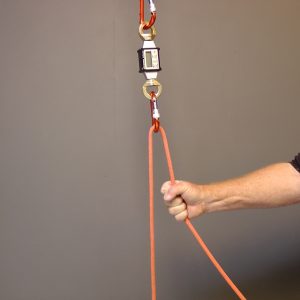
Carabiner as Pulley
Rock Exotica Pirate carabiner used as pulley. No efficiency rating.
The load cell read 20 lbs (+/- 1 lb). I applied only 9 lbs of force to hold the load in place because the friction of the rope passing over the carabiner held a portion of the weight. The +/- in my readings may account for a difference I was expecting. This reading was the same as that of the efficient pulley, but I think the higher friction of the carabiner should have resulted in a slightly lower rating than I got for the pulley.
While lifting the weight the load cell read 34 lbs (+/- 1 lb). I needed 23 lbs of force to lift the 11 lbs weight because I needed to lift the load, plus overcome the friction created by the carabiner. Friction is a disadvantage when raising.
While lowering the weight the load cell read 16 lbs (+/- 1 lb). Friction is an advantage when lowering.
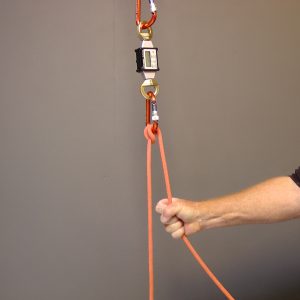
Munter Hitch
Munter hitch, no efficiency rating. The load cell read 16 lbs (+/- 1 lb). I applied only 5 lbs of force to hold the load in place because the friction of the munter hitch held a portion of the weight.
While lifting the weight the load cell read 140 lbs (+/- 1 lb). I needed 129 lbs of force to lift the 11 lbs weight because I needed to lift the load, plus overcome the substantial friction created by the munter hitch.
While lowering the weight the load cell read 13 lbs (+/- 1 lb). I only needed 2 lbs of force to lower the load because the munter hitch did most of the work.
Friction is a definite advantage when holding or lowering a load.

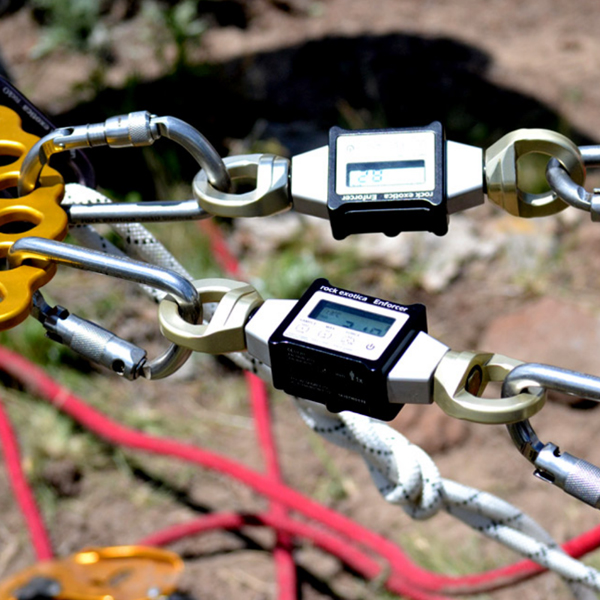
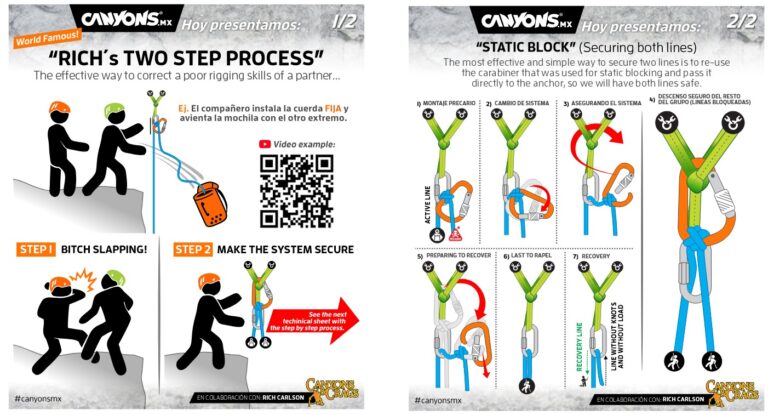


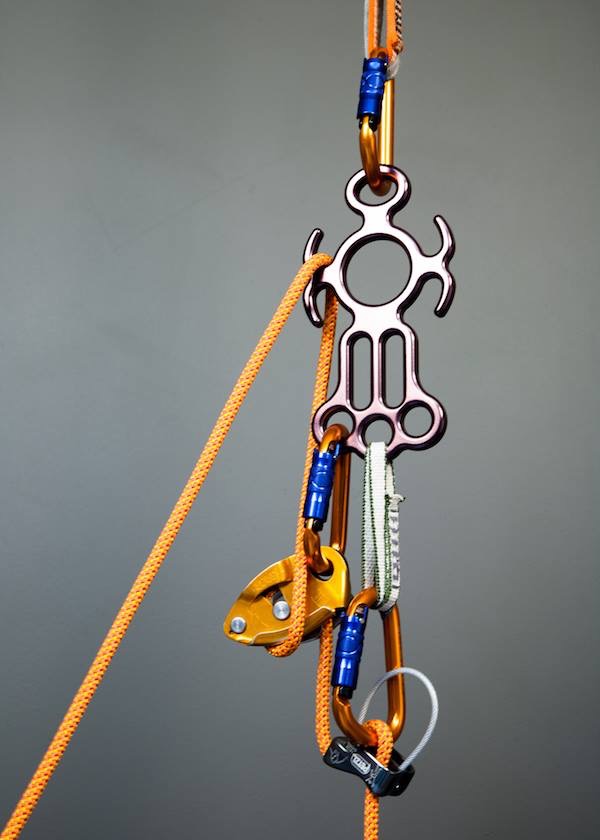

Check out this related video:
https://canyonsandcrags.com/videos/anchor-loading/